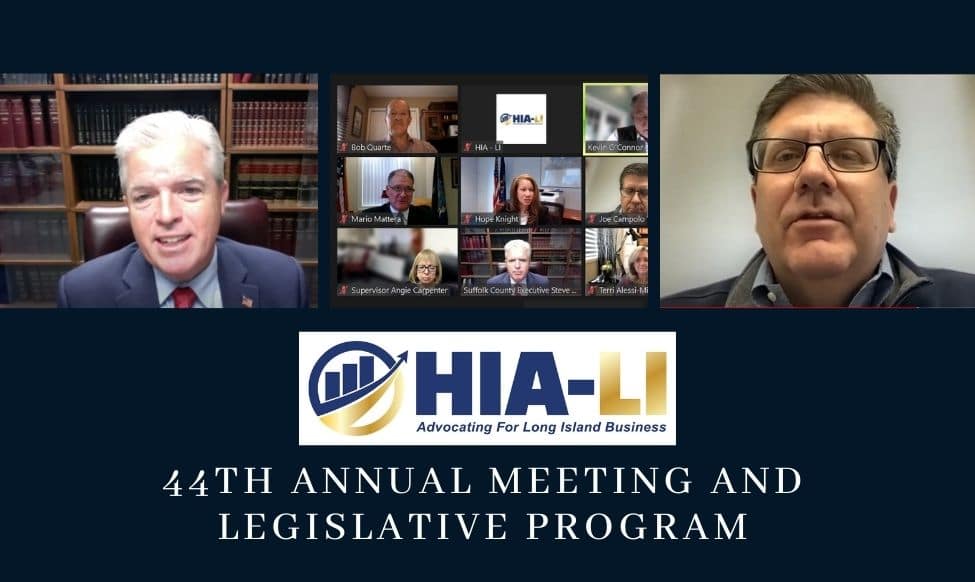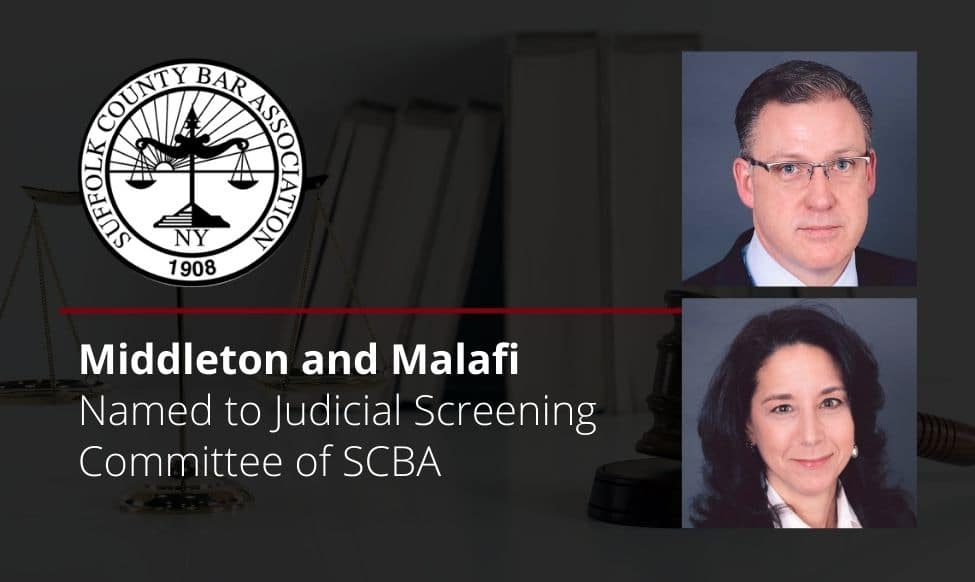Pets are family, and one of the reasons our client’s veterinary hospital is so successful is the atmosphere of compassion that their animal-loving staff provides. This type of care has helped the family-oriented practice build their reputation in a NY suburb just north of the city and establish themselves as a leader not only in the surrounding community, but in the veterinary field. Their passion and dedication over two decades in business caught the attention of a larger veterinary group looking to expand, and CMM was thrilled to help our client navigate the multimillion-dollar sale.
Our client expressed their gratitude for CMM’s team, led by Senior Partner and Corporate Department Chair Christine Malafi, with the hard work of Paralegal Kat Campolo, and Legal Assistant Cailey McByrne. The client was particularly appreciative of CMM’s ability to close the deal within a tight timeframe, keeping everything moving smoothly.
This business deal among animal lovers shows that anything is paw-sible when CMM’s M&A team is involved. Visit our M&A practice page to learn more or contact us for your next merger or acquisition.









